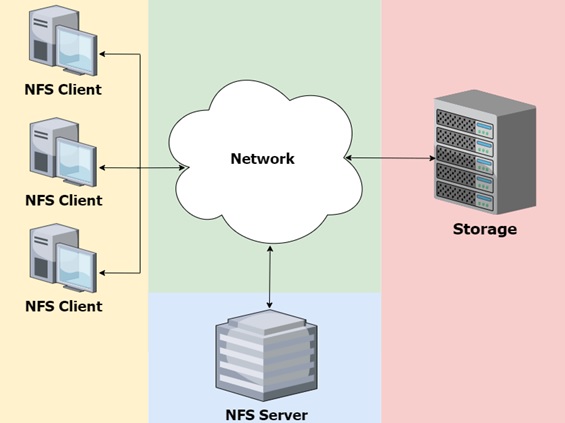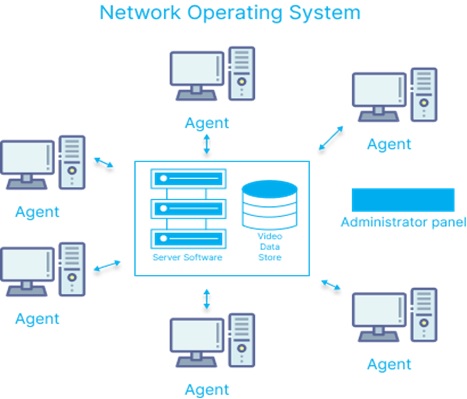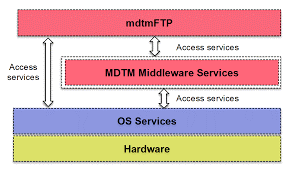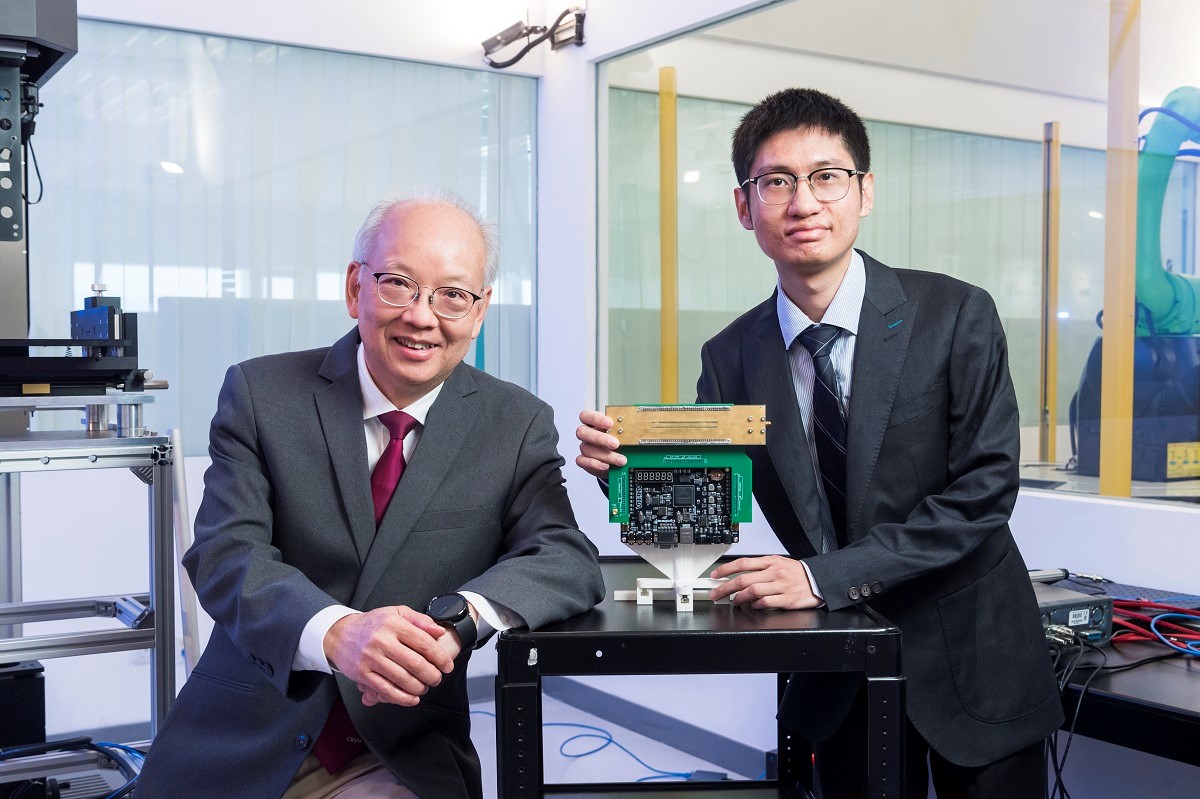Revolutionizing Mobile Networks: A Breakthrough in Terahertz Frequencies
In a groundbreaking development, computer scientists at the University of Leicester have unveiled a novel technology poised to transform the landscape of mobile networks. This cutting-edge solution not only promises enhanced speed and reduced power consumption for mobile device users but also holds the key to unlocking the potential of 6G technology in the era of the Internet of Things (IoT).

Figure 1. Connectivity.
Figure 1 shows is an illustration of connectivity. Outlined in a recent study published in IEEE Transactions on Communications, the technology addresses the escalating demands on the UK's mobile telecommunications network. With estimates from Mobile UK suggesting that twenty-five million devices are currently connected, a number expected to skyrocket to thirty billion by 2030, the strain on existing systems is palpable.
While state-of-the-art technologies have been deployed for current 5G applications, the surge in users and devices has led to slower connections and increased energy consumption. Enter the innovative approach of multicarrier-division duplex (MDD), a technique that tackles the self-interference problem, thereby enhancing communication quality and efficiency.
The research team proposed a technology that optimizes subcarrier set assignment and access point cluster numbers, demonstrating superior performance in a simulation based on a real-world industrial setting. The results were impressive, showcasing a remarkable 10% reduction in power consumption compared to existing technologies.
Professor Huiyu Zhou, the Lead Principal Investigator from the University of Leicester School of Computing and Mathematical Sciences, emphasized the far-reaching impact of the proposed technology on 5G/6G systems. According to Professor Zhou, the innovation not only reduces energy consumption but also accelerates device selection and streamlines resource allocation, providing users with a faster, broader, and more energy-efficient mobile communication experience.
Crucially, the team leveraged artificial intelligence (AI), particularly reinforcement learning, to expedite the search for optimal parameters in wireless communication systems. Professor Zhou highlighted the role of AI technologies in saving time, resources, and human labor, enabling quicker and more effective system setup and device selection.
As the team continues refining and optimizing their technology, they have generously shared the source code with the global research community. This commitment to collaboration aligns with their participation in the EU-funded 6G BRAINS project. This project aims to develop an AI-driven self-learning platform that intelligently allocates resources, enhancing capacity, reliability, and positioning accuracy while reducing latency—a critical endeavor for the future of industrial applications at scale.
In conclusion, the University of Leicester's groundbreaking technology marks a significant leap forward in the realm of mobile networks, holding the promise of a more efficient, responsive, and sustainable future for communication technologies. The fusion of terahertz frequencies and AI-driven optimizations is undeniably a game-changer, laying the foundation for the next wave of connectivity.
Source:University of Leicester
Cite this article:
Hana M (2023), Revolutionizing Mobile Networks: A Breakthrough in Terahertz Frequencies, AnaTechMaz, pp. 119















